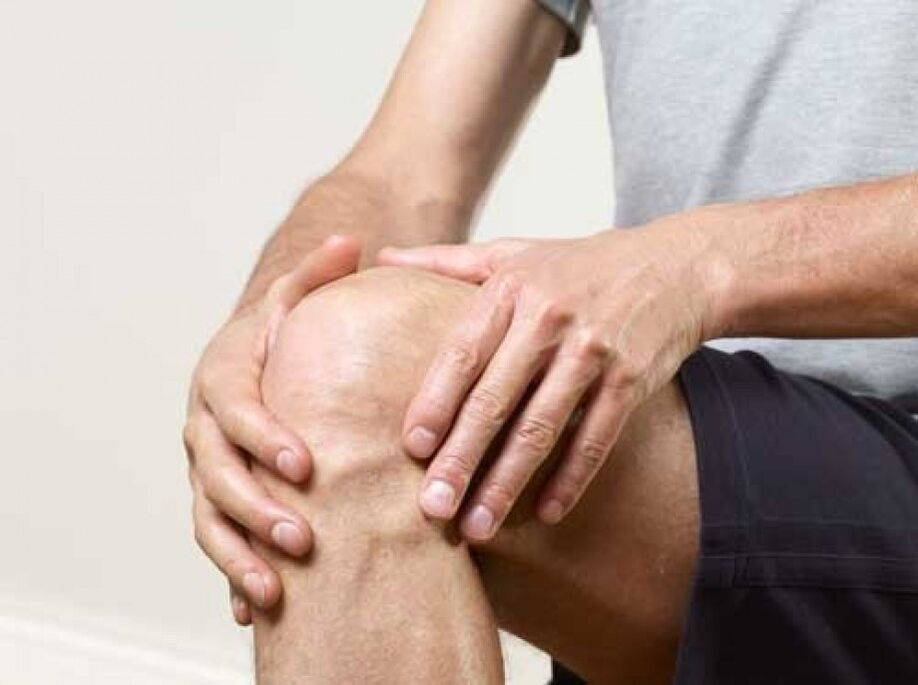
Arthropathy can affect any joint, and degenerative-dystrophic changes can be isolated or occur in multiple joints at once.
This pathology is not life threatening, but significantly reduces its quality. Severe pain, limited mobility increases over time, causing disability.
In the early stages, conservative treatment is prescribed, which helps to stop the development of the disease.
It is difficult to completely cure deforming osteoarthritis (DOA), but it is possible to maintain bone function. In the later stages, only surgical treatment will help.
Development mechanism
Many people have heard of such a disease as arthritis, but not everyone understands what it is. To do this, you need to understand how the joint works.
The surfaces of the bones that form the joints are covered with a smooth, sliding, elastic cartilage that softens them and protects them from wear. With arthropathy, the blood supply to this area is disrupted and the vitreous cartilage begins to wear out. Further, degenerative-dystrophic changes occur in the capsule, ligaments, periarticular muscles and other parts of the joint.
Usually the disease develops slowly, but the pathological process can be accelerated under the influence of external factors. Much depends on the characteristics of the patient's body, comorbidities, lifestyle.
Osteoarthritis develops in this way:
- Blood circulation is impaired in a specific area of the cartilage lining of the joint, then it begins to suffer from a lack of nutrients. Under the influence of traumatic factors, the area of destruction increases.
- The body replaces the defects in the lining of the cartilage of the joints with metallized tissue, which does not have a clean structure.
- Pathological growths (osteophytes) gradually appear in the vitreous.
- As part of the pathological process, healthy areas of cartilage are exposed to excessive stress. As a result, the work of the joint is interrupted and its surfaces are gradually destroyed.
Carefully!Arthropathy causes destruction of the bony surfaces of the joint, inflammation of the synovial membrane, compression of the joint capsule. There is a narrowing of the joint space, the joint is deformed, it is destroyed, then the patient can become disabled. Therefore, it is very important to diagnose and start treatment of the pathology in time.
Typically, arthropathy is detected in patients over 60 years of age. However, the disease is also diagnosed at a young age - from 20 to 45 years.
Report. Arthritis and arthritis are similar, so many patients are interested in the question of how the first disease differs from the second. With DOA, only the joints are damaged and arthritis is characterized by inflammatory damage not only to the bone joint but also to the internal organs (liver, kidneys, heart). This is the main difference between these two pathologies.
Classification
People who are far removed from medicine, when they hear names like arthritis, coxoarthritis, osteoarthritis, do not understand the difference. The fact is that there are many types of this pathology, which differ in terms of location, specificity of the course, the reasons, the origin. Therefore, doctors have created various classifications of joints to facilitate their differentiation.
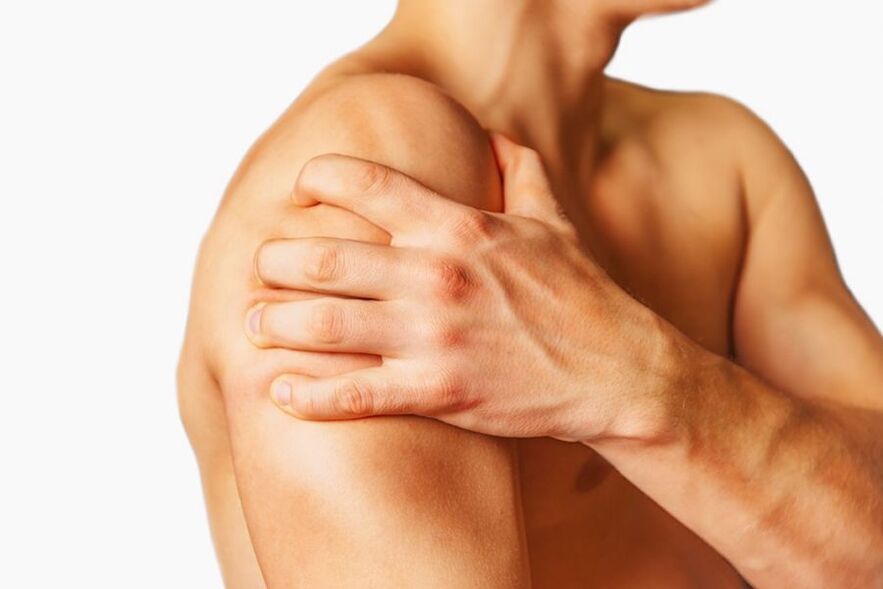
Types of joints by location:
- Kneeling is a pathological process in the knees.
- Coxarthrosis is a damage to the hip joint.
- Uncovered - deformity of the cervical spine.
- Dystrophic changes in the shoulder joint.
- Mesophalangeal - deformity of the mesophalangeal joints of the bones.
- Spondylitis is a degenerative change in the joints of the spine.
- Ankle - Wear the ankle joint.
- Polyosteoarthritis is a multiple lesion of the finger joints.
In addition, there is also jaw, temporal, cost-vertebral, key-acromion arthropathy.
Depending on the characteristics of the course, the following types of pathology are distinguished:
- Deformative arthritis is a disease that has progressed to stage 3. It is a progressive disease that requires immediate surgery.
- Arthritis-arthritis - destruction of the cartilage lining, inflammation.
- An acute illness in which the characteristic symptoms become more pronounced.
- Chronic arthropathy is a slow disaster, thinning of the cartilage lining with a deleted course.
Depending on the reason, a distinction is made between:
- Dystrophic osteoarthritis - occurs as a result of metabolic disorders.
- Fracture arthropathy - develops as a result of a fracture.
- Post-traumatic - the disease appeared after an injury to the joint.
DOA varieties by origin:
- Primary (idiopathic) - occurs for no apparent reason, often due to age-related changes in the bone joints.
- Secondary - degenerative-dystrophic disorders are caused by many factors (metabolic disorders, hormonal imbalance, trauma).
Doctors distinguish monoarthritis and polyarthritis. In the first case 1 joint is affected and in the second all the joints are destroyed at the same time. The latter type of disease is called generalized arthropathy, in which 3 or more bone joints are deformed.
Degrees in pathology
According to the symptoms and the development, there are 4 stages of DOA:
- 1 point.The shape and structure of the joint have not yet changed, so the disease has a latent course. At times, the patient feels mild discomfort in the affected area, especially after excessive physical exertion or sudden movements. The composition of synovial fluid changes, the blood supply to the joint is disrupted. The muscle fibers surrounding the joint weaken.
- 2nd degree.The bone joints begin to collapse, bone growths are formed on their surface. Moderately painful sensations appear, inflammation occurs periodically. During the movement, a characteristic sting is heard in the affected joint. Muscle function decreases due to the fact that the nutrition of the nervous tissue is disturbed.
- 3 degrees.There are severe degenerative disorders of the vitreous cartilage and the joint, because of this, the axis of the limb bends. The ligaments, muscles are shortened and the joint becomes abnormally mobile, but the movements are significantly limited. The patient often has incomplete dislocations.
- 4 degrees.The bone connection is completely destroyed, complete immobility is observed, as well as severe pain syndrome even at rest.

Great. In the last stage of arthropathy, only endoprosthesis will help (replacement of the affected joint with prosthesis).
Causes of DOA
The question of why the disease occurs is quite relevant. Doctors distinguish between internal (certain diseases, bad habits, unhealthy eating) and external (injuries, occupational characteristics) causes of osteoarthritis.
Often secondary degenerative-dystrophic disorders develop in the context of the inflammatory process:
- Infectious diseases caused by various viruses and bacteria.
- Rheumatism.
- Autoimmune disease.
- Purulent inflammation of the joint.
- Gout (deposition of uric acid salts on bone surfaces).
- Psoriasis of the joints.
DOA can occur due to abnormalities in cartilage structure and malnutrition. Pathological changes are caused by the following factors:
- Genetic disorders.
- Pathologies that occur during intrauterine development.
- Age-related body changes.
- Osteoporosis (increased bone fragility due to calcium deficiency).
- Hormonal imbalance.
- Disorders of metabolic processes.
- Lack of vitamins, minerals.
- Pathologies accompanied by muscle weakness.
- Prolonged intoxication.
The exacerbation of diseases of the musculoskeletal system also causes degenerative changes in the cartilage tissue.
External factors for the development of arthropathy include:
- Regular hypothermia.
- Dislocations.
- Impact of great force on the joint area.
- Fracture.
- Damage to the meniscus.
- Excessive physical activity related to professional sports or professional activities.
- Portliness.
- Surgery on joints or periarticular structures.
Regardless of the causes of DOA, it is important to first identify the cause of the pathological changes and then address the consequences.
Report.Idiopathic arthropathy occurs on its own, for no apparent reason.
Symptoms
Arthropathy manifests itself with the following symptoms:
- pain syndrome;
- restriction of mobility;
- crease when moving.
- swelling, change in the connection shaft.
These are typical symptoms that occur in all patients.
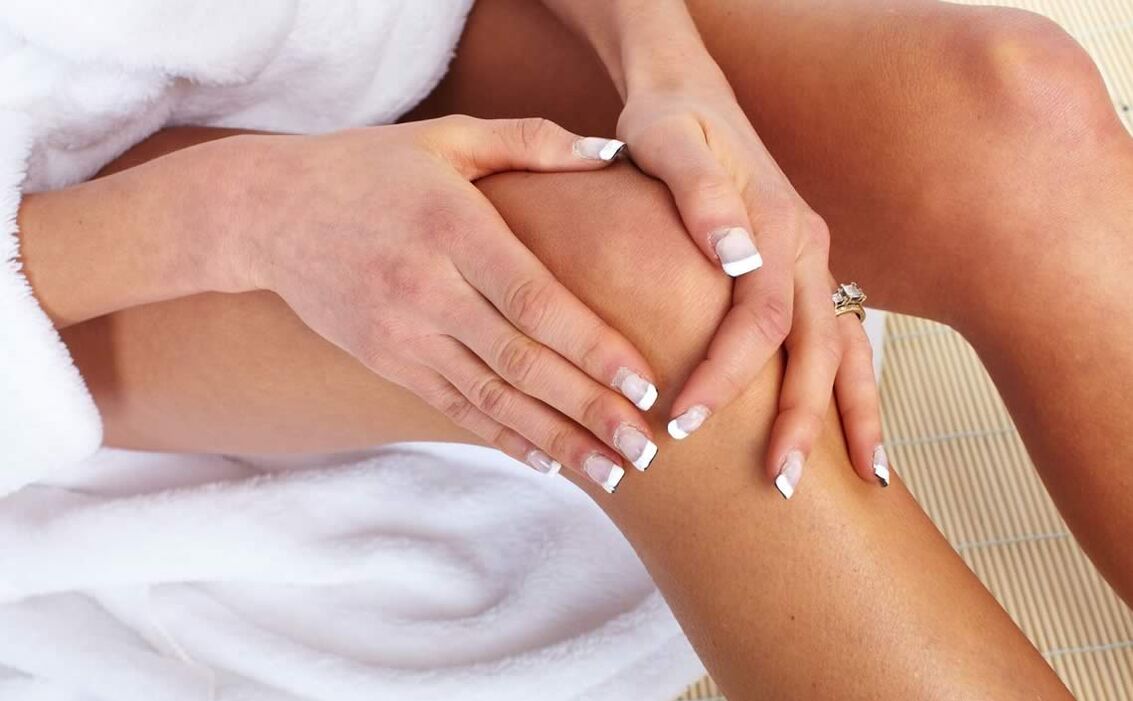
The initial signs of pathology are the discomfort in the affected area, which occurs after physical exercise. After the onset of discomfort, you should consult a doctor, as the disease can be cured in the early stages.
Later, the patient complains of mild to moderate pain that occurs after loading the damaged joint and disappears quickly.
Decreased bone mobility suggests degenerative changes in its structure. At first, the patient feels stiff, especially in the morning. Later, it becomes more and more difficult for the patient to perform active movements. With further development, the restriction of movement occurs even with additional help. If left untreated, joint contraction occurs and over time, its motor activity is impeded.
Many patients complain of stinging of the joints during movement, which is accompanied by painful sensations and reduced mobility. As the disease progresses, this manifestation becomes more intense.
In later stages, the axis of the limb bends and the synovial membrane deforms. This shows that the bone connection has practically collapsed and the healthy tissues have been replaced by osteophytes. At this stage, the adjacent joints are subjected to strong stress, then the possibility of damage to their cartilaginous lining increases.
Establishment of a diagnosis
If you notice signs of osteoarthritis, then seek medical help immediately. The diagnosis of DOA is established after taking memories, conducting laboratory and study instruments.
Initially, a visual examination is performed, during which the doctor may notice swelling in the affected area. Further, palpation is performed, which allows you to identify pain, nodules, changes in skin temperature and moisture.
The complete diagnosis includes laboratory research. Blood tests can reveal an inflammatory process, which is indicated by an increase in ESR (erythrocyte sedimentation rate), an increase in uric acid concentration. A urine test is done to determine the protein level.
Arthropathy is diagnosed using the following organic studies:
- X-rays help to see the change in the shape of the joint.
- Contrast-based articles are a more accurate diagnostic method than X-rays.
- Computed tomography is used to evaluate the structure of the joint.
- Radionuclide diagnosis is performed using radiopharmaceuticals. This study allows you to assess the anatomical and functional condition of the joint.
MRI is a modern highly informative diagnostic method. Examination reveals deformity of the damaged joint, rupture of the menisci or ligaments.
To examine the synovial fluid, doctors prescribe a puncture of the affected limb.
After diagnostic measures, the doctor prescribes a treatment regimen.
Treatment methods
With arthropathy of any stage, medical care is required. The complex treatment in the early stages helps to stop the pathological changes and to restore the functionality of the joint. If the patient seeks medical attention at a late stage of DOA, then the prognosis is poor.
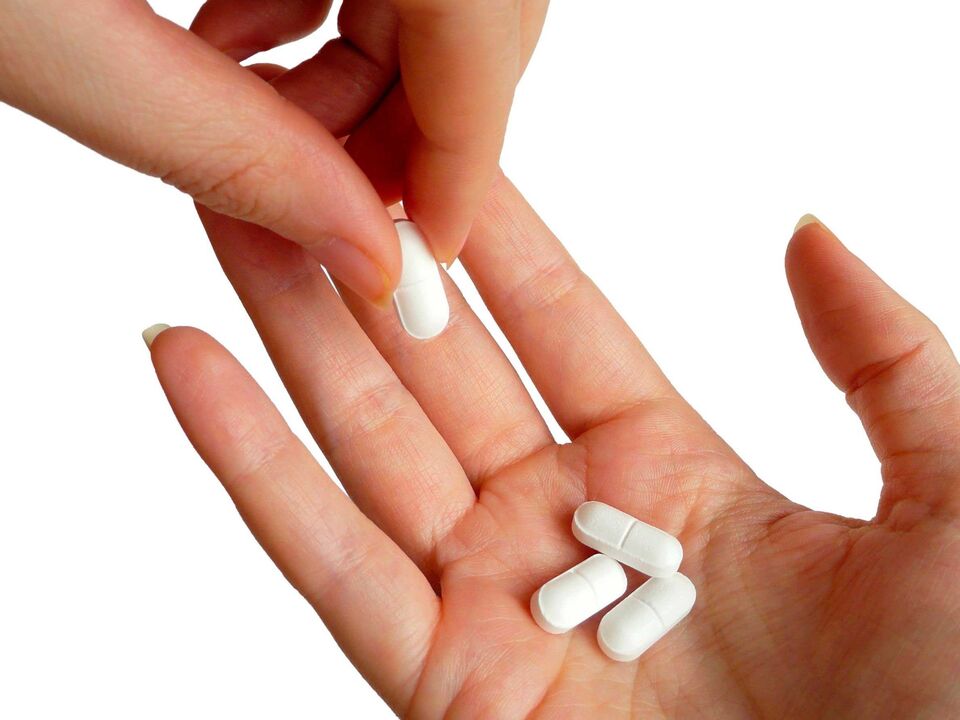
With grade 1 arthritis, medication is given. Chondroprotectors are used to restore the structure of the cartilage lining. The patient is prescribed drugs in the form of tablets and capsules. They must be taken in courses of 3-4 months twice a year. The drug contains the structural elements of the cartilage lining.
Non-steroidal anti-inflammatory drugs (NSAIDs) help relieve pain.
DOA treatment is performed using physiotherapy methods:
- Magnetic therapy.
- Extremely high frequency treatment.
- Electrophoresis.
- Shock wave therapy.
- Paraffin therapy.
- Mud treatment.
Physiotherapy and physiotherapy exercises are performed after the pain disappears. The doctor prescribes a set of exercises that the patient must perform systematically. Exercise therapy increases muscle tone, strengthens ligaments, normalizes blood circulation and helps to restore the joint.
During and after treatment, it is recommended to rest, reduce the load on the affected joint with the help of bandages, crutches and sticks.
Sometimes the patient is prescribed massage. Following a procedure, the blood supply to the affected area improves and the pain decreases.
During treatment, the patient must eat properly. You should give up sugar, flour, fats, spicy foods, potatoes, tomatoes, eggplants. And it is recommended to get rid of bad habits (alcohol, smoking) forever.
For arthropathy, intra-articular injections are used:
- Glucocorticosteroids help to normalize the blood supply to the affected area, stop the inflammatory process and increase the elasticity of bone tissue.
- Sensory fluid analogues with chondroprotective properties. These drugs reduce pain, improve joint mobility and speed up the production of collagen and elastane.
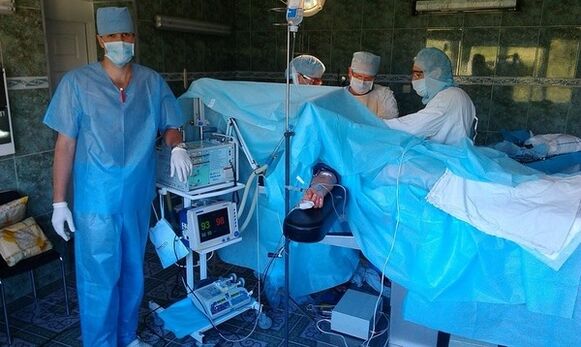
In the later stages of DOA, surgical treatments are used:
- Endoprosthesis.
- Arthrodesis.
- Arthroscopy.
In advanced cases, doctors replace the damaged joint with a metal prosthesis. Most often, this method is used to treat large joints. After the operation, the patient's quality of life improves.
If arthrodesis cannot be performed, then arthrodesis is prescribed to the patient. During the operation, the bone surfaces are immobilized with a special plate. Arthritis helps relieve severe pain, but does not restore joint motor activity.
During the arthroscopy, a miniature camera and manipulators are inserted into the joint cavity, with the help of which the bone growths are removed and the cartilage structure is restored. The camcorder allows you to monitor all the operations on the screen. As a rule, the operation is performed for knee arthritis, but its effect is short-lived.
DOA is dangerous, so it is important to spot it and treat it early.
Critics
According to patients who have experienced arthropathy, it is easier to cure the disease at an early stage. In advanced cases, only surgery will help. But in both cases, the treatment must be complete.
- The first review: "I was diagnosed with 2nd degree knee arthritis 1 year ago. I took special medications, I did physiotherapy, I went on a diet. At first the pain disappeared, the mobility was restored, but after 3-4 months the symptoms returned. Sometimes the pain was accompanied by a rise in temperature. The doctor advised me to take capsules with hondoprotectors. "With them, my condition has improved, I have not felt any pain for six months. "
- Second review: "A few years ago I was diagnosed with grade 3 coxoarthritis. I was in pain all the time, even at night, I could not move my leg normally. The doctor advised me to have surgery, but at first I refused and decided to try intra-articular injections. However, after the procedures, my condition did not change much. As a result, I decided on a radical method. After endoprosthesis he recovered for 1 year and 3 months. During this time he took medication, did special exercises, went for massage, physiotherapy, followed a diet. Now I live a full life. I advise everyone not to hesitate with the treatment ".
- Third review: "I was diagnosed with a rupture of the internal meniscus of the knee and a grade 1 knee joint after an MRI scan. Doctors prescribed chondroprotectants. I also used the ointment twice a day. To protect the knee I used an orthosis, I only took it home at rest. After the course of injections began electrophoresis, paraffin therapy, also bought a magnetotherapy device, had already performed 10 sessions. After another diagnosis, the doctors said that the joint had recovered by 70%. I continue the treatment and I hope to fully recover my leg ".
As you can see, there are different types of joints. To avoid surgery and restore joint function, you should seek medical help at the first suspicious signs. Only a doctor will be able to determine the type, degree of complexity of the disease and prescribe an appropriate treatment regimen. DOA is easier to treat early.















































